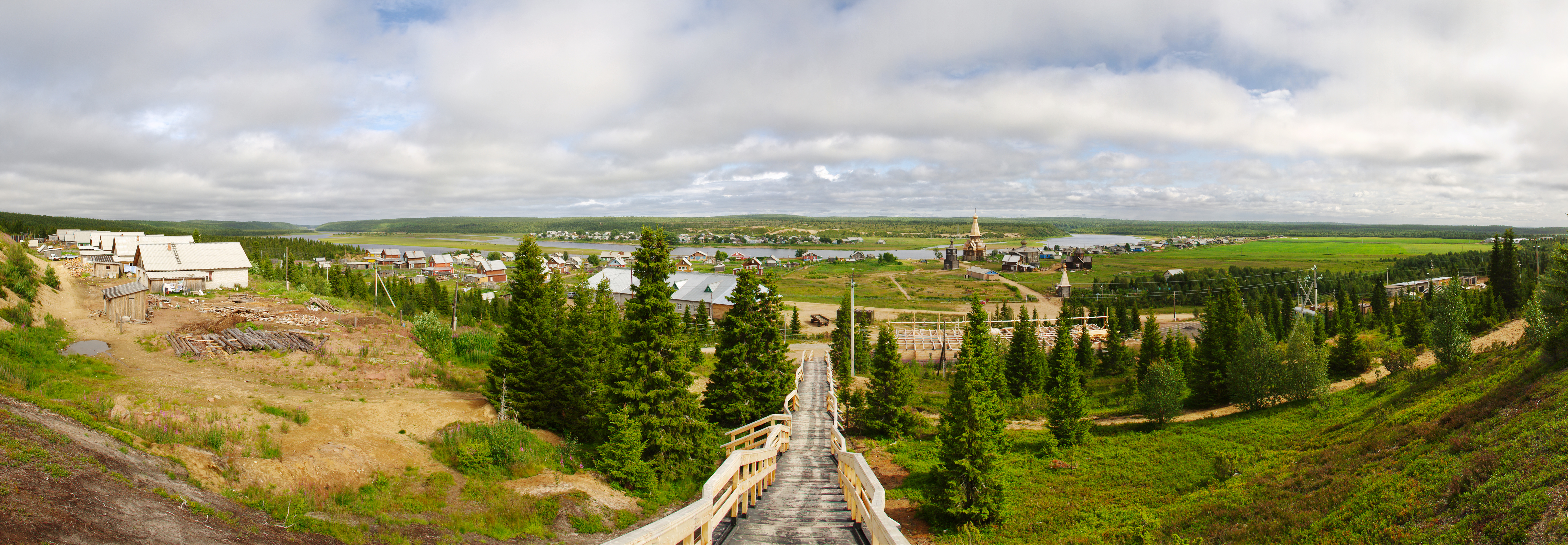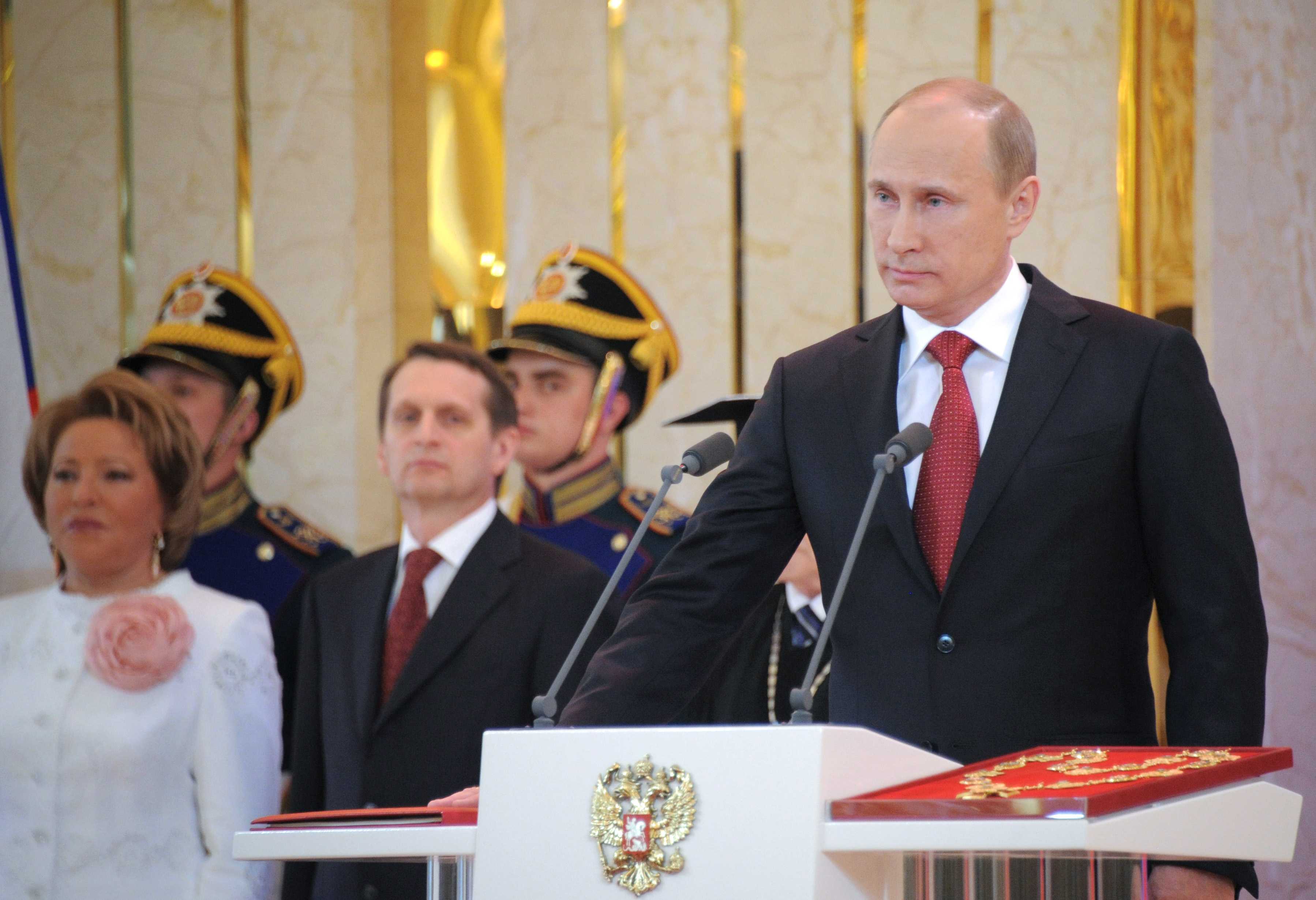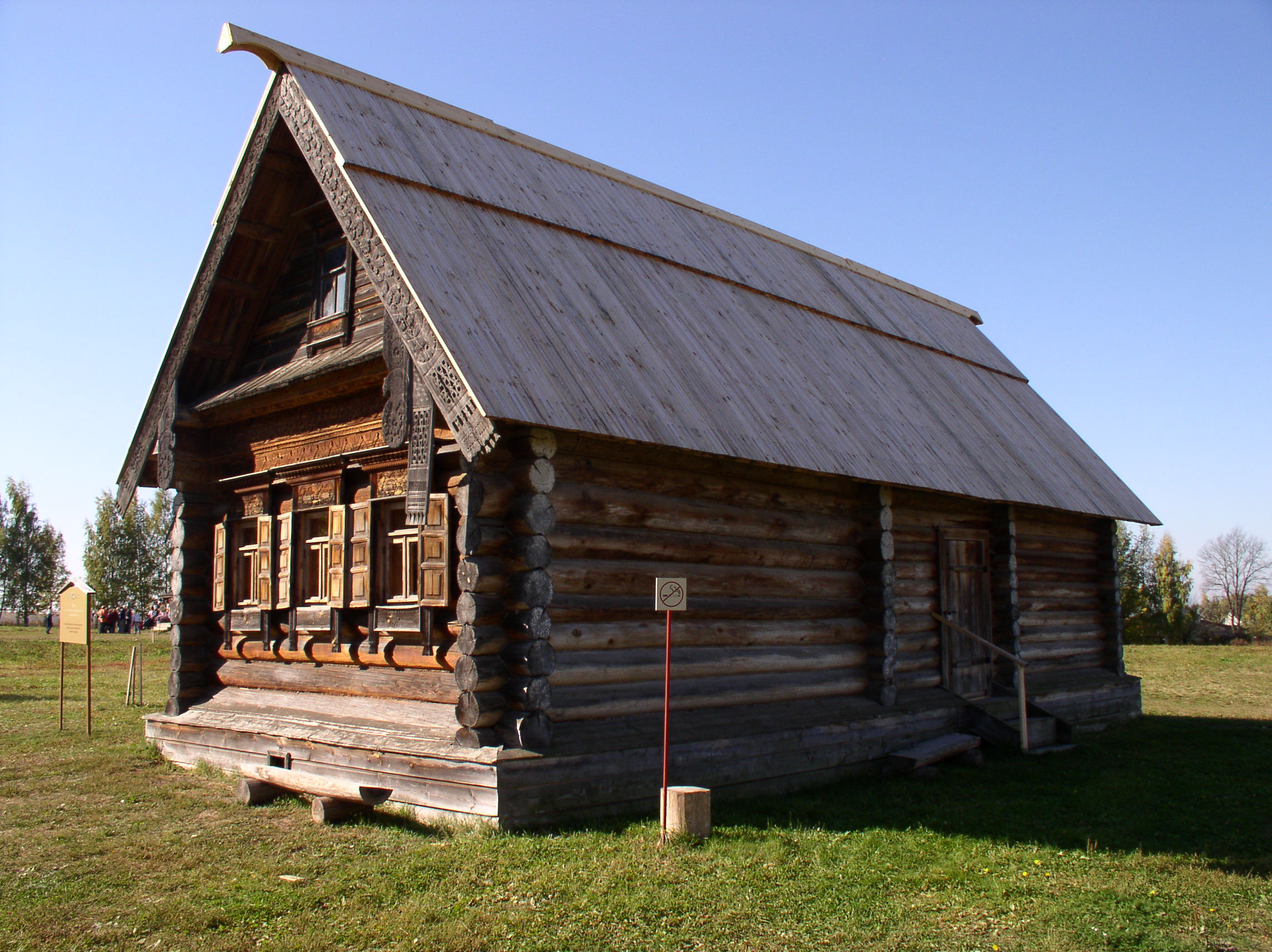|
Varzuga (rural Locality)
Varzuga (russian: Варзуга) is the rural locality (a '' selo'') in Tersky District of Murmansk Oblast, Russia, located on the Varzuga River. Municipally, it is a part and the administrative center of Varzuga Rural Settlement of Tersky Municipal District.Law #545-01-ZMO Population: 363 ( 2010 Census). History First mentioned in 1466, Varzuga, along with Umba, is the first documented permanent Russian settlement on the Kola Peninsula,''Administrative-Territorial Divisions of Murmansk Oblast'', p. 18 although it is likely that it had been established as early as the second quarter of the 15th century.Газета "Мурманский Вестник". Иван УшаковВарзуга/ref> The 1466 document describes a transaction between Timofey Yermolinich, a resident of Varzuga, and the Solovetsky Monastery, to which he transferred his lands along the Varzuga River and the hunting grounds along the sea coast. Other documents of the 1460s indicate that the residents ... [...More Info...] [...Related Items...] OR: [Wikipedia] [Google] [Baidu] |
Murmansk Oblast
Murmansk Oblast (russian: Му́рманская о́бласть, p=ˈmurmənskəjə ˈobləsʲtʲ, r=Murmanskaya oblast, ''Murmanskaya oblast''; Kildin Sami: Мурман е̄ммьне, ''Murman jemm'ne'') is a federal subject (an oblast) of Russia, located in the northwestern part of the country. Its administrative center is the city of Murmansk. As of the Russian Census (2010), 2010 Census, its population was 795,409. Geography Geographically, Murmansk Oblast is located mainly on the Kola Peninsula almost completely north of the Arctic Circle''2007 Atlas of Murmansk Oblast'', p. 2 and is a part of the larger Lapland (region), Sápmi (Lapland) region that spans over four countries.Ratcliffe, p. 1 The oblast borders with the Republic of Karelia in Russia in the south, Lapland, Finland, Lapland Region in Finland in the west, Troms og Finnmark, Troms and Finnmark County in Norway in the northwest, and is bounded by the Barents Sea in the north and the White Sea in ... [...More Info...] [...Related Items...] OR: [Wikipedia] [Google] [Baidu] |
Varzuzhskaya Volost
Varzuzhskaya Volost (russian: Варзужская волость) was an administrative division (a ''volost'') of the Novgorod Republic and later of the Grand Duchy of Moscow, Tsardom of Russia, and the Russian Empire. Its seat was in Varzuga. The volost was established by the Novgorodians in the second half of the 15th century.''Administrative-Territorial Division of Murmansk Oblast'', pp. 18–22 It was lost by the Novgorod Republic to the Grand Duchy of Moscow after the Battle of Shelon in 1471. In the 16th century, most of the Kola Peninsula's territory was under the administration of Kolsky Uyezd. Varzuzhskaya and Umbskaya Volosts were the only territories of the peninsula which were a part of Dvinsky Uyezd. In 1784, when Arkhangelsk Oblast of Vologda Viceroyalty was transformed into Arkhangelsk Viceroyalty, Varzuzhskaya Volost was transferred under the jurisdiction of the new viceroyalty's Kolsky Uyezd. When the viceroyalty was transformed into Arkhangelsk Gover ... [...More Info...] [...Related Items...] OR: [Wikipedia] [Google] [Baidu] |
President Of Russia
The president of the Russian Federation ( rus, Президент Российской Федерации, Prezident Rossiyskoy Federatsii) is the head of state of the Russian Federation. The president leads the executive branch of the federal government of Russia and is the commander-in-chief of the Russian Armed Forces. It is the highest office in Russia. The modern incarnation of the office emerged from the president of the Russian Soviet Federative Socialist Republic (RSFSR). In 1991, Boris Yeltsin was elected president of the RSFSR, becoming the first non Communist Party member to be elected into Soviet politics. He played a crucial role in the dissolution of the Soviet Union which saw the transformation of the RSFSR into the Russian Federation. Following a series of scandals and doubts about his leadership, violence erupted across Moscow in the 1993 Russian constitutional crisis. As a result, a new constitution was implemented and the 1993 Russian Constitution remains ... [...More Info...] [...Related Items...] OR: [Wikipedia] [Google] [Baidu] |
Izba
An izba ( rus, изба́, p=ɪzˈba, a=Ru-изба.ogg) is a traditional Slavic countryside dwelling. Often a log house, it forms the living quarters of a conventional Russian farmstead. It is generally built close to the road and inside a yard, which also encloses a kitchen garden, hay shed, and barn within a simple woven stick fence. Traditional, old-style izba construction involved the use of simple tools, such as ropes, axes, knives, and spades. Nails were not generally used, as metal was relatively expensive, and neither were saws a common construction tool. Both interior and exterior are of split pine tree trunks, the gap between is traditionally filled with river clay, not unlike the North American log cabin. The dominant building material of Russian vernacular architecture, and material culture generally, for centuries was wood. Specifically houses were made from locally-cut rough-hewn logs, with little or no stone, metal, or glass. Even churches and urban buildings w ... [...More Info...] [...Related Items...] OR: [Wikipedia] [Google] [Baidu] |
Parochial School
A parochial school is a private primary or secondary school affiliated with a religious organization, and whose curriculum includes general religious education in addition to secular subjects, such as science, mathematics and language arts. The word ''parochial'' comes from the same root as "parish", and parochial schools were originally the educational wing of the local parish church. Christian parochial schools are called "church schools" or 'Christian schools'. In Ontario, parochial schools are called "separate schools". In addition to schools run by Christian organizations, there are also religious schools affiliated with Jewish, Muslim, and other groups; however, these are not usually called "parochial" because of the term's historical association with Christian parishes. United Kingdom In British education, parish schools from the established church of the relevant constituent country formed the basis of the state-funded education system, and many schools retain a church ... [...More Info...] [...Related Items...] OR: [Wikipedia] [Google] [Baidu] |
Russian Empire Census
The first general census of the population of the Russian Empire in 1897 ( pre-reform Russian: ) was the first and only nation-wide census performed in the Russian Empire (the Grand Duchy of Finland was excluded). It recorded demographic data as of . Previously, the Central Statistical Bureau issued statistical tables based on fiscal lists (ревизские списки). The second Russian Census was scheduled for December 1915, but was cancelled because of World War I, which had begun during 1914. It was not rescheduled before the Russian Revolution. The next census in Russia only occurred at the end of 1926, almost three decades later. Organization The census project was suggested during 1877 by Pyotr Semenov-Tyan-Shansky, a famous Russian geographer and director of the Central Statistical Bureau, and was approved by Czar Nicholas II in 1895. The census was performed in two stages. For the first stage (December 1896 — January 1897) the counters (135,000 persons: t ... [...More Info...] [...Related Items...] OR: [Wikipedia] [Google] [Baidu] |
Russian Orthodox Church
, native_name_lang = ru , image = Moscow July 2011-7a.jpg , imagewidth = , alt = , caption = Cathedral of Christ the Saviour in Moscow, Russia , abbreviation = ROC , type = , main_classification = Eastern Orthodox , orientation = Russian Orthodoxy , scripture = Elizabeth Bible ( Church Slavonic) Synodal Bible (Russian) , theology = Eastern Orthodox theology , polity = Episcopal , governance = Holy Synod of the Russian Orthodox Church , structure = Communion , leader_title = , leader_name = , leader_title1 = Primate , leader_name1 = Patriarch Kirill of Moscow , leader_title2 = , leader_name2 = , leader_title3 = Bishops , leader_name3 = 382 (2019) , fellowships_type = Clergy , fellowships = 40,514 full-time clerics, including 35,677 presbyters and 4,837 de ... [...More Info...] [...Related Items...] OR: [Wikipedia] [Google] [Baidu] |
Arkhangelsk Governorate
Arkhangelsk Governorate (russian: link=no, Архангельская губерния, ''Arkhangelskaya guberniya'') was an administrative division (a '' guberniya'') of the Russian Empire and Russian SFSR, which existed from 1796 until 1929. Its seat was in Arkhangelsk. The governorate was located in the north of the Russian Empire and bordered Tobolsk Governorate in the east, Vologda Governorate in the south, Olonets Governorate in the southwest, Sweden (later Grand Duchy of Finland and later independent Finland) in the west, and Norway in north-west. In the north, the governorate was limited by the White and Barents Seas. The area of the governorate is currently split between Arkhangelsk and Murmansk Oblasts, the Komi Republic, the Republic of Karelia, and the Nenets Autonomous Okrug. History In 1780, the Archangelgorod Governorate, with its center in Arkhangelsk, was abolished and transformed into the Vologda Viceroyalty. The viceroyalty was subdivided into three oblast ... [...More Info...] [...Related Items...] OR: [Wikipedia] [Google] [Baidu] |
Kemsky Uyezd
Kemsky Uyezd (''Ке́мский уе́зд'') was one of the subdivisions of the Arkhangelsk Governorate of the Russian Empire. It was situated in the western part of the governorate. Its administrative centre was Kem. In terms of present-day administrative borders, the territory of Kemsky Uyezd is divided between the Belomorsky, Kalevalsky, Kemsky and Loukhsky districts and the city of Kostomuksha of the Republic of Karelia, Kandalakshsky District of Murmansk Oblast and Solovetsky District of Arkhangelsk Oblast. Demographics At the time of the Russian Empire Census of 1897, Kemsky Uyezd had a population of 35 392. Of these, 54.4% spoke Karelian, 45.0% Russian and 0.5% Finnish Finnish may refer to: * Something or someone from, or related to Finland * Culture of Finland * Finnish people or Finns, the primary ethnic group in Finland * Finnish language, the national language of the Finnish people * Finnish cuisine See also ... as their native language. [...More Info...] [...Related Items...] OR: [Wikipedia] [Google] [Baidu] |
Tetrino
Tetrino (russian: Тетрино) is a rural locality (a '' selo'') in Tersky District of Murmansk Oblast, Russia, located on the Kola Peninsula at a height of above sea level Height above mean sea level is a measure of the vertical distance (height, elevation or altitude) of a location in reference to a historic mean sea level taken as a vertical datum. In geodesy, it is formalized as ''orthometric heights''. The comb .... Population: 18 ( 2010 Census). History Tetrino was established in 1660, when some of the residents of Varzuga moved out to the coast.Газета "Терский Берег", №37, 14 сентября 2002 г"Селения Терского берега"/ref> In 1785, its population consisted of five households. In 1854–1855, Tetrino was attacked by the English. A school was opened in 1890. In 1914, the population was 515 inhabitants living in 85 households. References Notes Sources * {{Authority control Rural localities in Murmansk Oblas ... [...More Info...] [...Related Items...] OR: [Wikipedia] [Google] [Baidu] |
Kuzomen, Murmansk Oblast
Kuzomen (russian: Кузомень) is a rural locality (a '' selo'') in Tersky District of Murmansk Oblast, Russia, located on the Kola Peninsula at a height of above sea level Height above mean sea level is a measure of the vertical distance (height, elevation or altitude) of a location in reference to a historic mean sea level taken as a vertical datum. In geodesy, it is formalized as ''orthometric heights''. The comb .... Population: 84 ( 2010 Census). References Notes Sources * External linksA traveler's blog about Kuzomen Rural localities in Murmansk Oblast {{MurmanskOblast-geo-stub ... [...More Info...] [...Related Items...] OR: [Wikipedia] [Google] [Baidu] |





